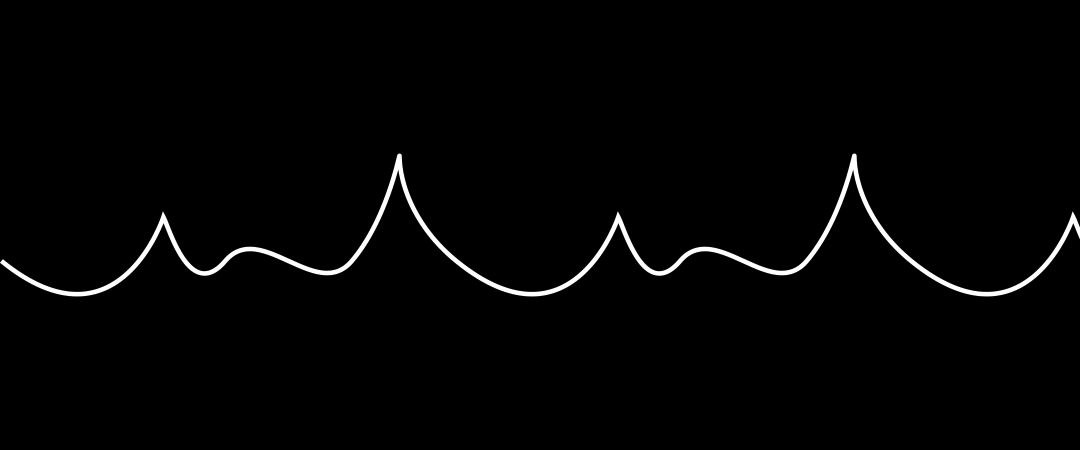Tuning-3. Liszt
The pavilion in which El Lisitsky meets Franz Liszt is dedicated to innovation of form and its perception, and proposes a reconsideration of our views of familiar things.
In music history, Franz Liszt’s Nuages gris (Grey Clouds) is, after Wagner’s Tristan and Isolde (1859), considered the next milestone on the path from Late Romanticism to the art of the twentieth century. Liszt anticipates the discoveries of the impressionists (Debussy and Ravel) and the composers of the Second Viennese School (Schoenberg, Webern, Berg): the emancipation of timbre as an intrinsically valuable means of expression, a blurring of the bounda-ries between major and minor, atonality, and other experiments in musical language. The harsh, dissonant sound of Nuages gris (1881) is traditionally as-sociated with the composer’s inner state in the early 1880s, as he suffered from depression and terrible loneliness in the face of approaching death.
Nuages gris has nothing in common with the image of Liszt as virtuoso pianist and well-known musical Romantic. Instead of the composer’s customary device of making the piano sound like an orchestra through its power, full resonance, and variety of colour, here the sound is muted, sketchy, and intimate, with tense pauses that tear the fabric of the work. Nuages gris is an example of the transformation of a composer’s style unprecedented in the musical practice of the nineteenth century: Liszt closely approaches the poetics of modernism based on the logic of reduction and asceticism.
The gap between the aspiration of the avant- garde to create mass art and Liszt’s exquisite, intimate art is bridged by El Lissitzky’s exposition filter: his design solutions were both a new form for his time in their own right and showcases for the new forms of his fellow- thinkers.

El Lissitzky was commissioned to design a hall for avant- garde painting and sculpture at one of the fifty galleries at the International Art Exhibition Dresden (1926). The artist devised the Demonstrationsraum (Demon-stration space) model, which could be altered to accomodate any avant- garde art. With his future wife, the gallery owner Sophie Küppers, Lissitzky selected works by abstractionists including Piet Mondrian, László Moholy- Nagy, and some of his own.
Moving through this space, the viewer was faced with static works of art in dynamic conditions: ribbed walls changed colour, adjustable metal parts in front of specific works could be raised or lowered. This kinetic design changed the way viewers looked at art, space, and other familiar things.
Two revolutionary works combine into a single tale about the pioneers of the avant- garde, of how a revolution in artistic language completely changed the cultural landscape, cultivating a new viewer for the appre-ciation of new forms. The pavilion examines the conditions required to accelerate this cultivation, as well as the artistic «greenhouses» that swiftly produce such sprouts.
Along with Liszt’s Nuages gris, Lissitzky’s interior is designed to demon-strate the conditions and to a certain extent the results of the cultural up-heaval of the late nineteenth and early twentieth centuries — the short but incredibly concentrated period which saw dozens of artistic revolutions completely transform art. Liszt stands at the beginning of this journey with Nuages gris, which paved the way for the new music, and later for the artistic avant garde, which used composers’ achievements to create the system of visual coordinates in which we exist today.
Franz Liszt (1811–1886)
Nuages gris, S. 199, 1881
Performed by:
Alexey Goribol, piano
Recorded at Petersburg Recording Studio. Commissioned by
Sound engineer Alexey Barashkin